The history of metalwork as art extends back to when civilizations first began to refine metals. From the Iron Age to the contemporary era, there are numerous examples of metal castings, reliefs, and statues across the world. All of these art forms took raw materials from the earth, processing them using often environmentally harmful techniques. As the amount of wasted and discarded metal increased over the last few decades, scrap metal art has seen a surge in popularity among artists. From small pieces made from silverware, to larger than life sculptures made from steel beams, scrap metal art is experiencing a surge in popularity born out of necessity. William Koong, a scrap metal artist based in Malaysia, is making waves in this genre.
Despite his quiet online presence, Koong is an innovative metal sculptor worthy of praise. He adores his work, often repeating that “metal sculpting is what I love.” As a kid, Koong loved to spend time in his brother’s car repair shop, where he learned metalworking basics and experimentation. Currently, Koong is Co-Director at Me.reka Makerspace, an innovative education space that supports and prepares individuals to flourish in evolving industries.
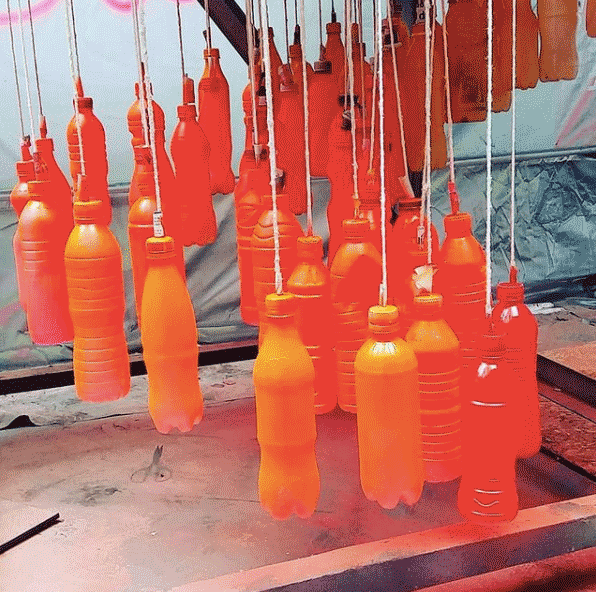
Koong’s early emphasis on using reclaimed materials focused mostly on repurposing everyday objects that were destined for landfills. Light fixtures made from plastic cups, a chandelier made from plastic drinking bottles, and even a coffee table made from used tires spurred his creativity. Much of his work is done in collaboration with others at the Me.reka Makerspace and the Biji-biji Initiative. This drive towards sustainability also informs his work with both groups. The Biji-biji initiative is self described as “an impact-driven organization that aims to share progressive ideas on sustainability.” Koong regularly hosts talks on how innovation is vital to the fight for sustainability. The group regularly publishes blog posts and actionable tips on how to reduce waste in everyday life. One of their flagship initiatives is the Beyond Bins program, which promotes the repurposing and utilization of trash into useful objects rather than waste meant for landfills. This effort aligns with Koong’s metalwork pieces; he regularly produces products ranging from home decor to more utilitarian items like notebook covers and clips.
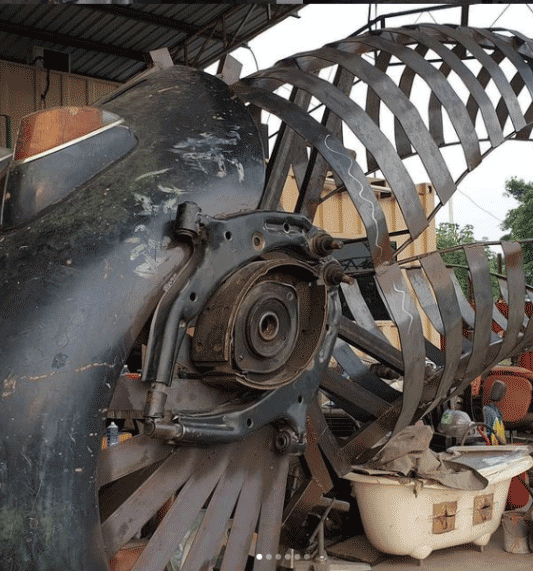
In mid-2019, Koong began a waste art Animal Kingdom series made of scrap metal. The series focuses on three Malaysian animals, all near extinction. The three endangered species,the Oriental Pied Hornbill, Malaysian Tapir, and Yellow Spotted Seahorse, lack the awareness of the environmental community. The Hornbill is close to facing extinction due to habitat destruction, the iconic Malaysian Tapir is threatened due to vehicle accidents, and the Yellow Spotted Seahorse population, which lives in polluted wetlands, is dramatically decreasing every year.
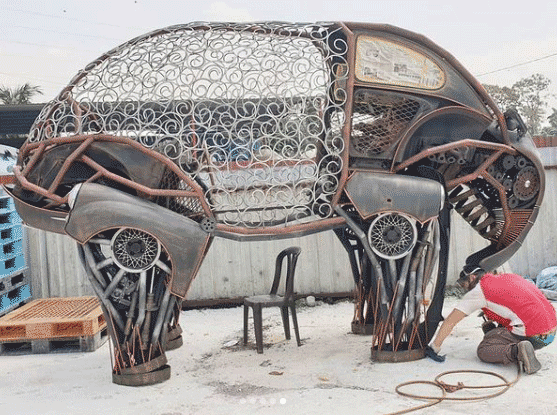
Each piece took weeks to construct, using car parts such as exhaust pipes, a speedometer, a Volkswagen beetle body, and scaffolding pipes. Installed at the Puteri Harbour, Malaysia on December 30th, 2019, Koong titled the series Sculptures by the Sea. The series stand tall “as guardians of the Harbour; as memorials in hopes of bringing light to the diminishing fauna of our land.”
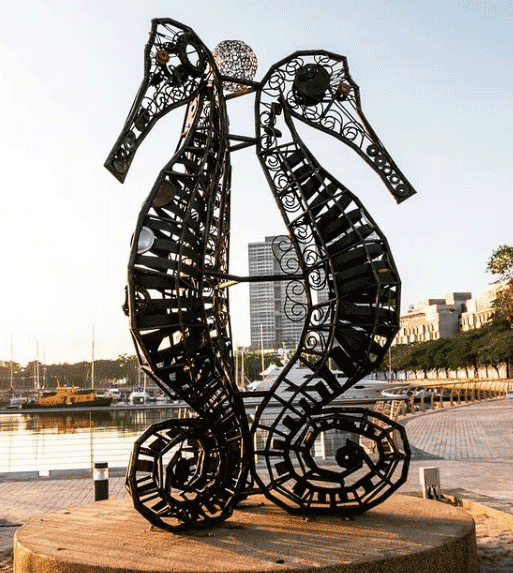
Koong reflects on his collection as proving to himself and others that it is possible to create something beautiful and significant with reused materials. He believes people should “create something meaningful enough for people to remember.” To him, all forms of art recall the person who makes it. Koong hopes this series will be remembered for why they stand, not because of his artistry. He says “when art is not valued, humanity has lost its freedom in thinking and imagining.”
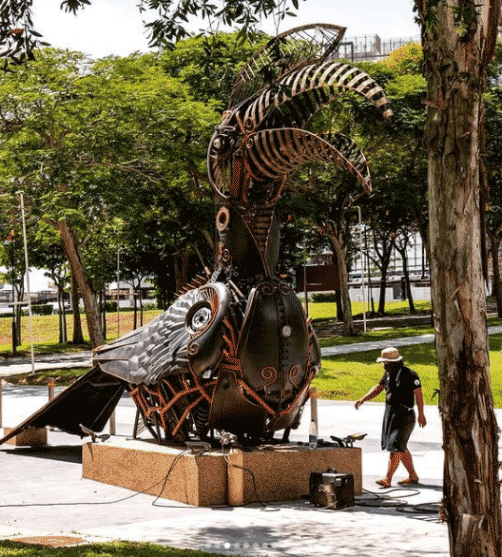
Currently, Koong and his collective are fighting against COVID19 by making personal protective equipment (PPE). Using waste materials to create sculptures of endangered species is the epitome of sustainability in art. Many artists, such as Koong, are looking to reduce their art’s environmental footprint by finding new ways of sourcing materials. As the world undergoes major crises resulting from climate change, people, including artists, must adapt. Art is essential in both education and innovation during these pressing times. Art that draws from sustainability is essential to pushing forward these efforts.

As Koong notes, art is about recalling time in physical form. The environment is inseparable from human existence. As climate change worsens, humanity must face their undeniable role in the crises to come. It is time to act resourcefully and accept the inevitable shifts, but to also work to prevent further damage. Art like Koong’s gives the environment a voice, reminding humanity of their responsibility to act. Sustainable art with an environmental message is vital to the climate activism movement.
